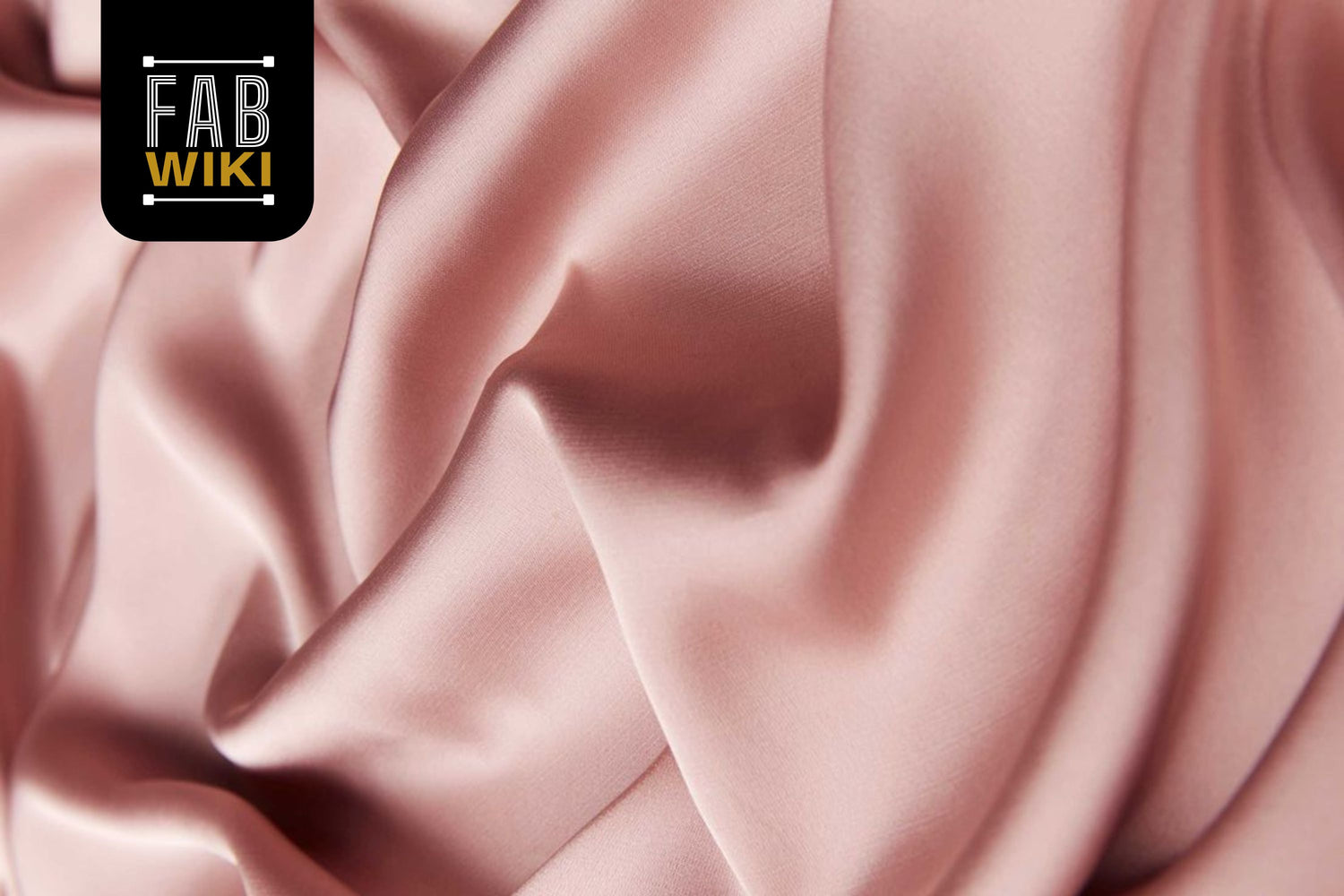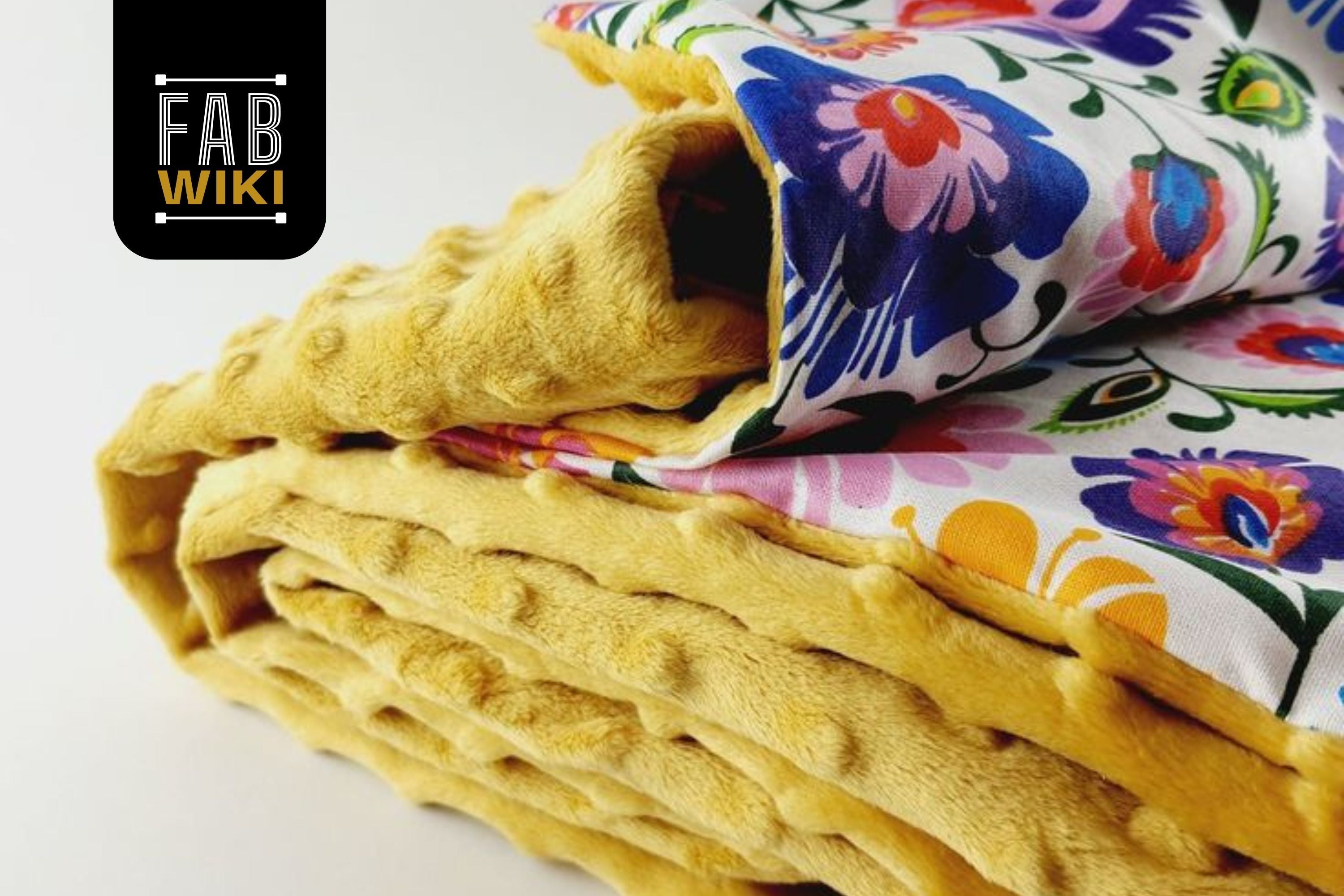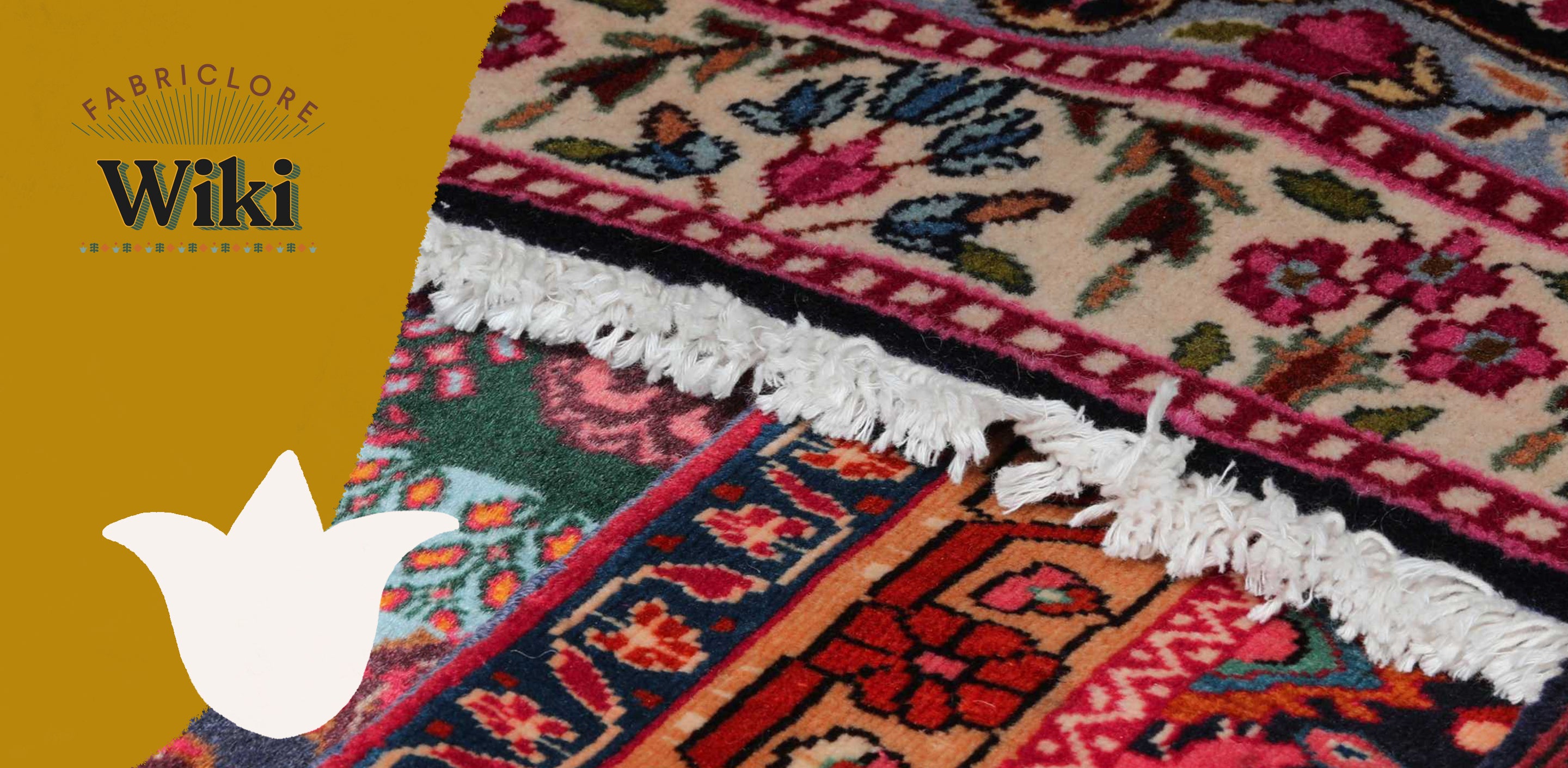What is Silk?
- Silk is a special kind of natural fiber. Long harvested from caterpillar moths, silk is a high-end fiber referred to as the "queen of fabrics."
- Another unique quality of silk is that it is the only natural filament fiber that feels incredibly smooth, lustrous, shiny, and soft to the touch.
What different Types of Silk Fabrics are there?
Silk fabrics are renowned for their luxurious feel and versatile properties.
- Smooth texture
- Lustrous Appearance
- Exceptional durability
2. Wild Silk: Unique Textures and Eco-Friendly Options
- Coarser Texture
- Natural Colour variations
- Increased Durability
3. Spider Silk: Nature's Strongest Fibre
- 5 times stronger than steel
- Highly elastic
- Potential applications in medical and military fields
4. Sea Silk: Rare and Exclusive
- Golden hue
- Extremely fine texture
|
SNo. |
Silk Type |
Source |
Key Characters |
| 1. |
Mulberry Silk |
Bombyx mori silkworm |
Smooth, Lustrous, Durability |
| 2. |
Wild Silk |
Various Wilk Silkmoths |
Coarse, Naturally Coloured, Eco-Friendly |
| 3. |
Spider Silk |
Various Spider Species |
Extremely Strong, Elastic |
| 4. |
Sea Silk |
Pinna nobilis mollusk |
Rare, Golden-hued, Ultra-Fine |
What is the Properties of Silk Fabrics?
Silk fabrics are renowned for their exceptional qualities, making them a luxurious choice for various applications.
- Softness and Smoothness
- Strength and Durability
- Thermal Regulation
- In cold weather: Silk traps warm air close to the skin
- In warm weather: It allows heat to escape, keeping the wearer cool
This natural temperature regulation makes silk ideal for year-round use.
- Hypoallergenic Nature
- Moisture - Wicking Abilities
|
Properties |
Benefits |
|
Absorbency |
Can observe upto 30% of its weight in moisture |
|
Quick Drying |
Evaporates moisture rapidly, Keeping Skin Dry |
|
Breathability |
Allow Air Circulation, preventing Sweat Buildup |
These Properties contribute to Silk’s reputation as a luxurious and versatile fabric.
How is Silk fabric Made?
The Process of making Silk fabric is a fascinating journey that begins with Silkworms and ends with Luxurious Textiles.
1. Sericulture
- Raising silkworms on mulberry leaves
- Monitoring growth and health of silkworms.
2. Cocoon Formation
- Silkworms spin cocoons using silk fibers.
- Cocoons are harvested after 7-10 days.
3. Cocoon Processing
- Cocoons are boiled to kill pupae and release fibers.
- Brushing cocoons to find loose ends.
- Cocoons are boiled to kill pupae and release fibers.
4. Reeling
- Unwinding silk filaments from cocoons.
- Combining multiple filaments into a single thread.
5. Throwing
- Twisting and plying silk threads for strength
- Creating different Yarn types(e.g., organzine, tram)
6. Weaving or knitting
- Using silk yarns to create fabric
- Various techniques produce different silk types.
|
Stage |
Duration |
Key Process |
|
Sericulture |
25-30 Days |
Silkworm Rearing |
|
Cocoon Formation |
7-10 Days |
Silkworm Spinning |
|
Processing and Reeling |
1-2 Days |
Fibre Extraction |
|
Throwing |
Variables |
Thread Preparation |
|
Weaving/Knitting |
Variables |
Fabric Creation |
How silk is Used?
Silk is used in thousands of different ways. Let’s explore the diverse applications of this remarkable material across Various Industries.
|
Industry |
Applications |
|
Luxury Clothing and Accessories |
|
|
Home Decor and Furnishing |
|
|
Medical and Scientific Uses |
|
|
Industrial Application |
|
What is the Physical Dimension of Silk Fiber?
- Fiber Diameter
|
Average diameter |
10 - 13 micrometer |
|
Range |
5 - 25 micrometer |
- Fiber Length
|
Continuous Filament |
Upto 1000 meter |
|
Stable Fibre |
20 - 30 Cm |
Comparison with other Fibers
|
Fiber type |
Average length |
Average Diameter |
|
Silk |
Upto 1000 m |
10 - 13 μm |
|
Cotton |
2 - 5 cm |
12 - 20 μm |
|
Wool |
5 - 15 cm |
17 - 40 μm |
|
Linen |
20 - 140 cm |
12 - 16 μm |
Where is Silk fabric Produced?
Silk production is a global industry. With several countries played significant role in the cultivation of silkworms and the manufacturing of skilled fabrics.
The top-producing nations are:
- China
- India
- Uzbekistan
- Thailand
- Brazil
China has long been the world’s leading producer of Silk, accounting for over 70% of global production. The country’s rich history with silk dates back thousands of years, and it continues to dominate the market today.
India follows as the second largest producer with a strong tradition of silk production in states like Karnataka, Tamil Naidu, and Assam.
Annual Silk Production by Country
|
Country |
Annual Production (metric tons) |
|
China |
1,50,000 |
|
India |
30000 |
|
Uzbekistan |
1100 |
|
Thailand |
700 |
|
Brazil |
650 |
How Does Silk Fabric Impact the Environment?
Sericulture :
- Cultivating Mulberry Trees
- Raising Silkworm
- Harvesting Cocoons
- Reeling Silk Fibres
While these practices have been refined over centuries, they do present some environmental challenges:
|
Environmental Aspects |
Impact |
|
Water Usage |
High water consumption for mulberry cultivation |
|
Chemical Usage |
Pesticides and fertilizers in mulberry farming |
|
Energy Consumption |
Significant energy required for cocoon processing |
|
Waste Generation |
Large amounts of organic waste from silkworm rearing |
However, silk production remains one of the cleanest textile industries, mulberry trees do not require fertilizers or pesticides, which means it’s possible to harvest cultivated silk without introducing any toxic chemicals into the environment.
But there are some potential drawbacks to this process. The boiling of Coccons and the killing of chrysalis to obtain the long silk filament raise a little bit of concern over animal welfare reasons.
Sustainable Alternatives
|
Sustainable Alternatives |
Characteristics |
|
Wild (Tussa) Silk |
|
|
Ahimsa Silk (Peace Silk) |
|
|
Organic Silk |
|
These sustainable alternatives offer conscious consumers ethical choices without compromising on the luxury and beauty of silk fabrics. As we explore the future of silk, these innovative approaches pave the way for a more sustainable textile industry.
What is the Future of Silk Fabric?
As we explore the future of silk fabrics, it's clear that innovation and sustainability are driving forces in this evolving industry.
Innovation in the Silk Industry
Advantages in Biotechnology are renationalizing Silk Production:
|
Innovation in the Silk Industry |
|
|
|
Silk Alternatives:
|
Material |
Advantage |
Disadvantage |
|
Bemberg |
Soft, Breathable |
- |
|
Tencel |
Soft, Breathable |
Higher Cost |
|
Polysilk |
Strong Durable |
Not 100% Eco-friendly |
As consumer preferences shift towards sustainable luxury, the silk industry is adapting to meet these demands while embracing technological advancements. The future of silk fabrics promises a blend of tradition and innovation, catering to both style and conscience.




